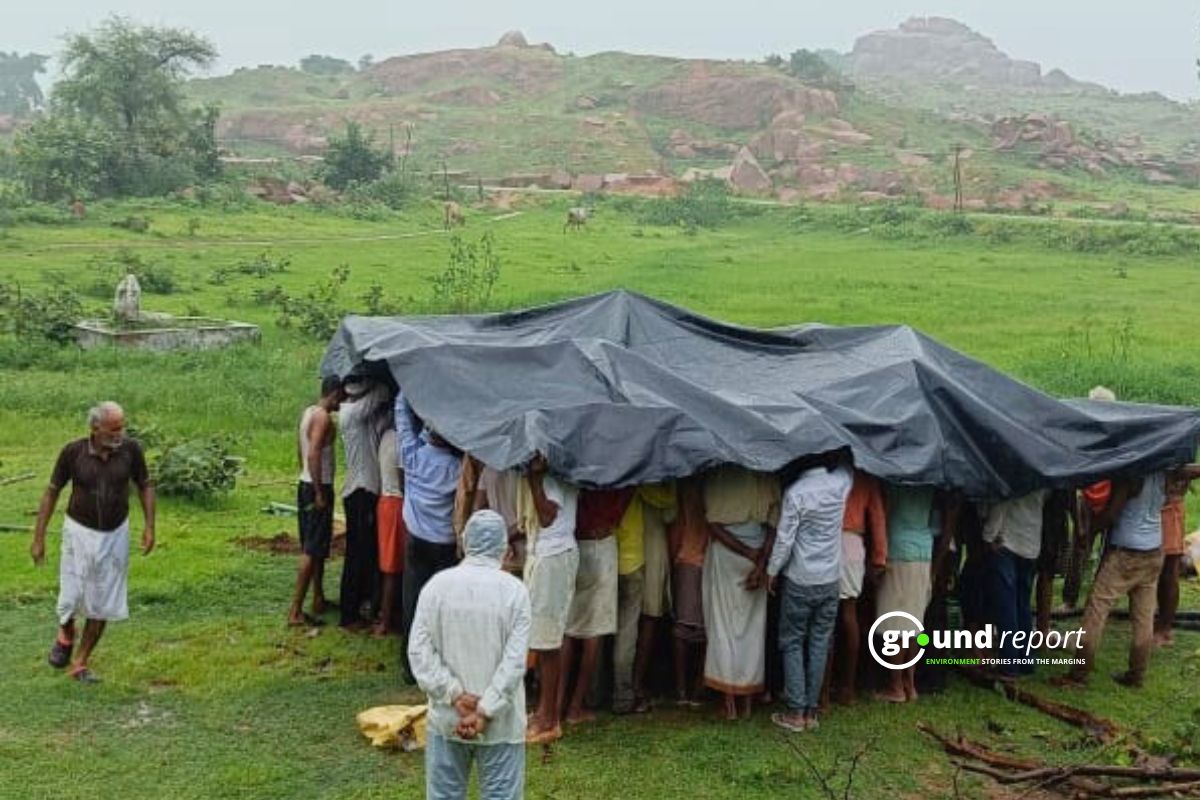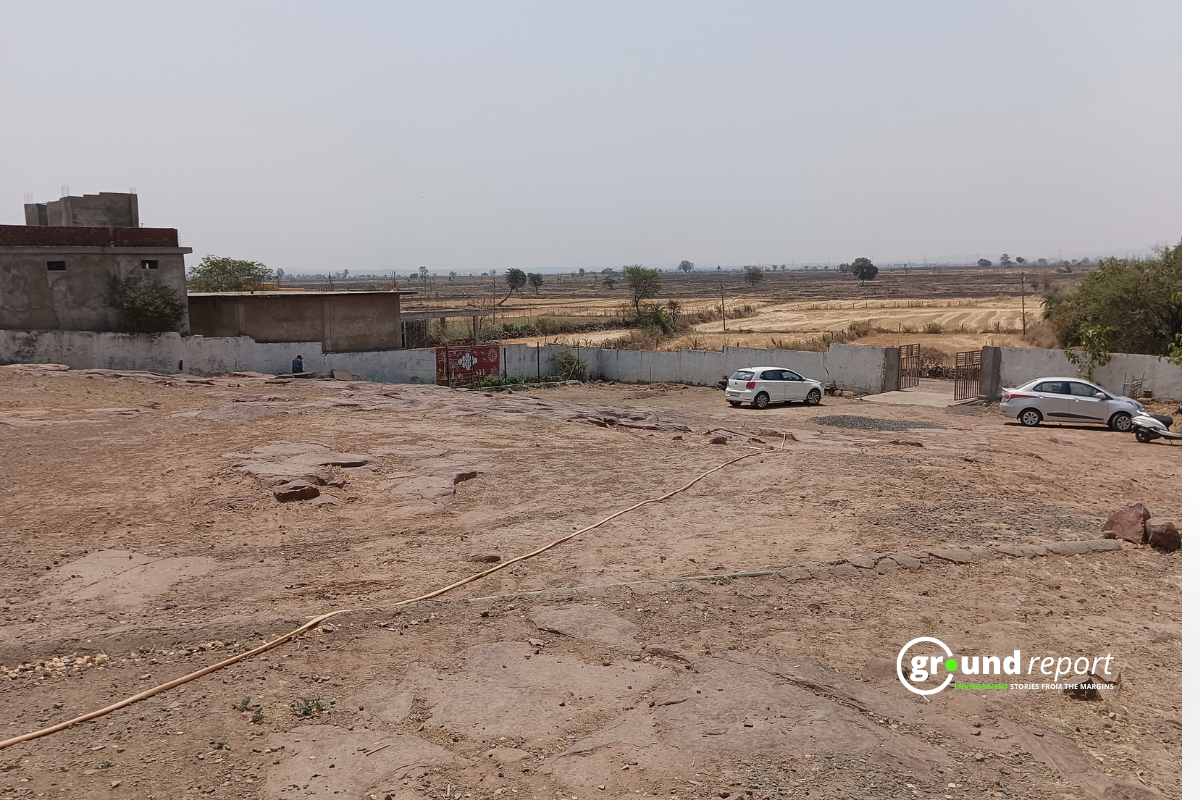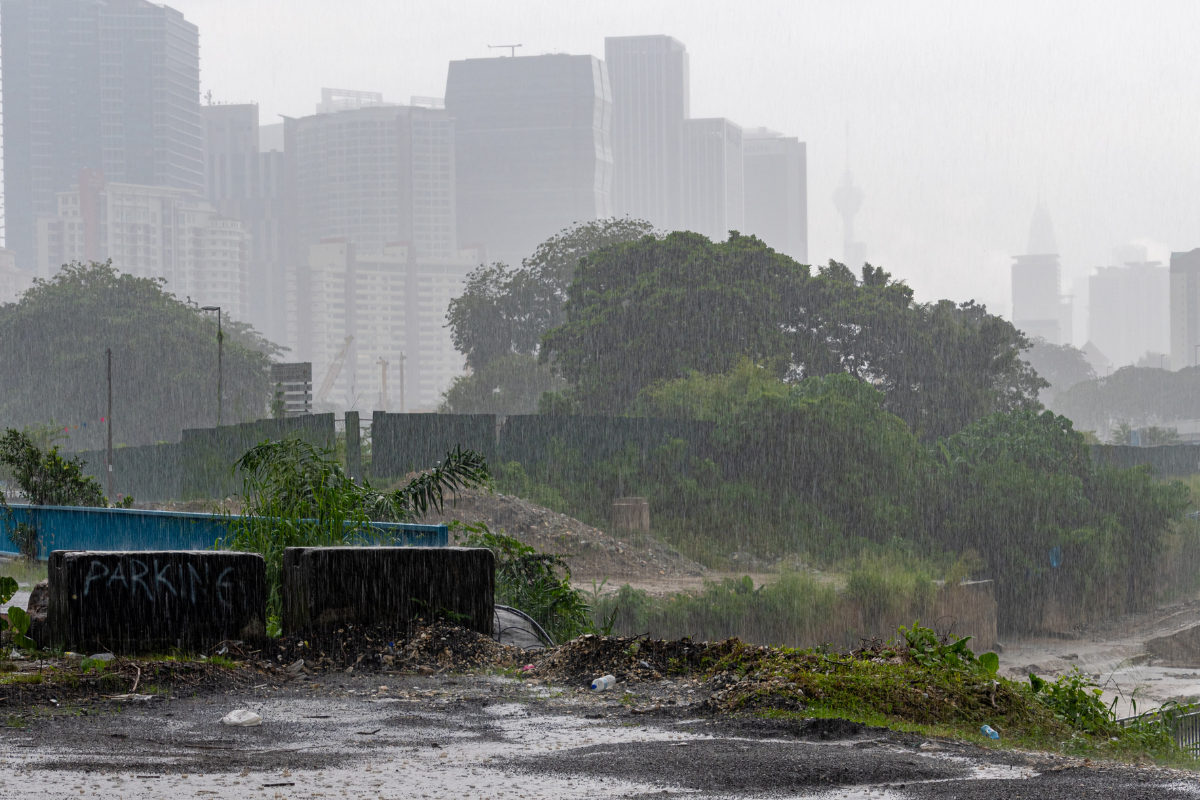Climate change has not caused the multi-year drought that is punishing parts of Argentina, Uruguay, Brazil and Bolivia, although warming is worsening some of its effects, according to a new study.
Drought in South America
The three-year natural weather phenomenon La Niña, a cooling of the Central Pacific that temporarily changes global weather patterns and is lasting much longer than usual, is the main culprit behind the drought that has devastated central South America and that still persists, according to a study published Thursday by international scientists in World Weather Attribution.
Drought has affected the region since 2019. Last year was the driest in central Argentina since 1960, crops were lost widely and Uruguay declared an agricultural emergency in October. Also, the water supply and transportation were affected.
“There is no indication of climate change in rainfall,” said study co-author Friederike Otto of the Grantham Institute at Imperial College London. “But of course, that doesn’t mean that climate change doesn’t play an important role in the context of these droughts. Due to the record increase in heat, we are seeing, the land is drying out faster and the impact is more severe than it otherwise would have been.”
Lack of natural water
The heat has increased the evaporation of what little water there is, worsened the lack of natural water and aggravated the destruction of crops, according to scientists. The same group of experts found that climate change had made last December’s heat wave 60 times more likely.
In addition, deforestation in the southern Amazon reached its highest rate in a decade in 2020, implying that less moisture is available further south in Argentina, said the report’s lead author, Paola Arias, a climatologist and professor of the Environmental School of the University of Antioquia, in Colombia.
The World Weather Attribution team of scientists uses observations and climate models to determine whether climate change is a factor in the frequency or intensity of extreme weather events.
They compare what happened with the frequency of precedents and use computer simulations that compare reality with what would have happened in a world without the climate change caused by humanity with the burning of fossil fuels.
Realistic effects of climate change
In the case of this drought, the models show a slight and insignificant increase in humidity due to climate change but a clear connection with La Niña, which according to scientists is dissipating.
It will still take months or more until the region emerges from the drought situation, and that depends on whether the opposite effect to La Niña, El Niño, appears, explained Juan Rivera, co-author of the study and a scientist at the Argentine Institute of Nivology, Glaciology and Environmental Sciences.
In the past, the team of scientists has found no clear connections between climate change and some floods and droughts, although they do see climate change as a factor in most of the extreme events they investigate.
“One of the reasons we do these attribution studies is to show what the realistic effects of climate change are. And it’s not that climate change makes everything worse,” said Otto. “Not all the bad things that happen now are because of climate change
Keep Reading
Part 1: Cloudburst in Ganderbal’s Padabal village & unfulfilled promises
India braces for intense 2024 monsoon amid recent deadly weather trends
Support us to keep independent environmental journalism alive in India.
Follow Ground Report on X, Instagram and Facebook for environmental and underreported stories from the margins. Give us feedback on our email id greport2018@gmail.com.
Don’t forget to Subscribe to our weekly newsletter, Join our community on WhatsApp, and Follow our YouTube Channel for video stories.








